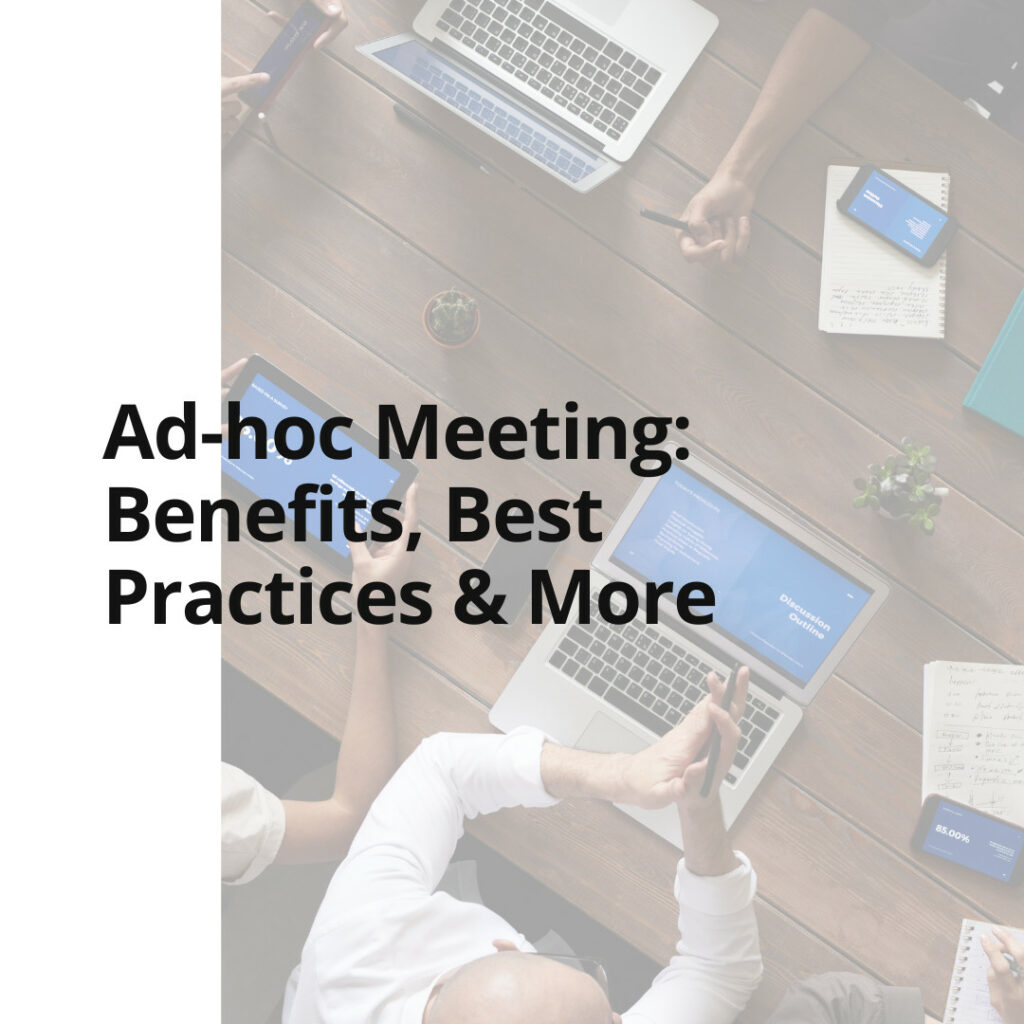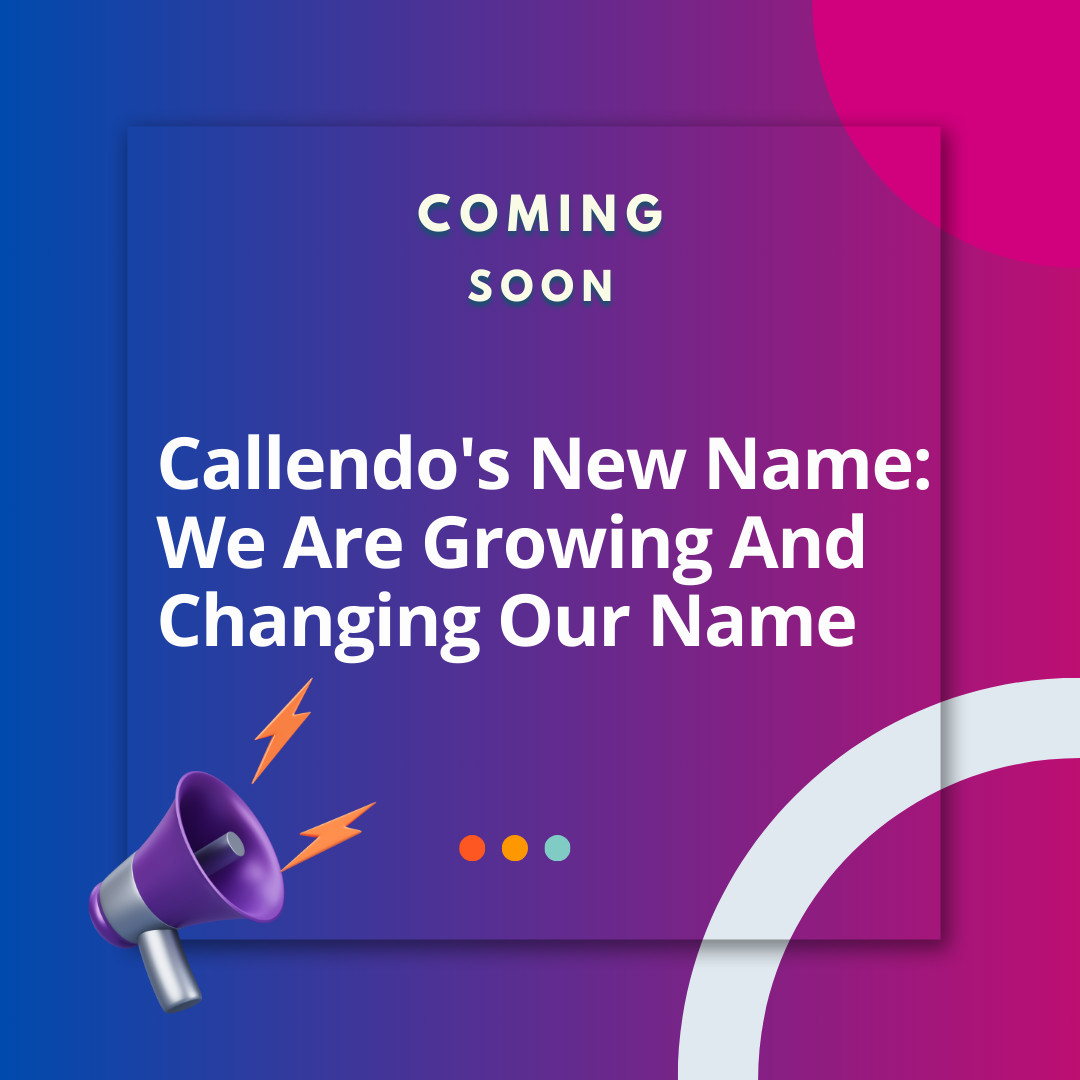In the age of digital communication and remote work, the way we conduct meetings has seen a tremendous shift. Among these changes is the rise of the ad-hoc meeting. But what exactly is it? Why is it crucial in today’s business landscape? Let’s delve deep into the world of unplanned, spontaneous meetings and uncover their hidden potential.

What Is an Ad-hoc Meeting?
Derived from the Latin phrase “ad hoc,” which means “for this purpose,” ad-hoc meetings are typically unplanned, unscheduled, or spontaneous meetings called to address immediate concerns or opportunities. Unlike regularly scheduled meetings, which often follow a fixed agenda, ad-hoc meetings are organized on the spot to tackle urgent matters.
The Rise of Ad-hoc Meetings
Historically, meetings in the corporate world were often planned well in advance, with agendas circulated beforehand. However, the emergence of faster communication tools and the need for rapid decision-making have made ad-hoc meetings more prevalent.
A study by Atlassian suggests that businesses, on average, spend over 30 hours per month in unproductive meetings. The flexibility and immediacy of ad-hoc meetings can help cut down on unnecessary time wastage.
Benefits of Ad-hoc Meeting
- Prompt Decision Making: Immediate challenges require swift solutions. Ad-hoc meetings ensure that decisions are made promptly without waiting for scheduled meetings.
- Flexibility: As they are not bound by pre-set agendas, these meetings can be more flexible and adaptive to current business needs.
- Improves Communication: Frequent and spontaneous communication can foster a culture of openness, ensuring everyone is on the same page.
- Encourages Participation: Since these meetings are often less formal, team members might feel more encouraged to participate and share their views.
EXPLORE MORE: How Should an Employee Prepare for a Skip-Level Meeting?
Best Practices for Conducting Effective Ad-hoc Meetings
Though spontaneous, it’s crucial to ensure that ad-hoc meetings are productive. Here are some best practices to consider:
- Keep it Short: According to Harvard Business Review, short meetings are more productive. Aim for 15-30 minutes, especially if the meeting is unscheduled.
- Have a Clear Objective: Even if it’s called on the spot, know why you’re meeting. A clear goal ensures that everyone can prepare and contribute effectively.
- Limit the Participants: As suggested by Forbes, too many voices can lead to chaos. Include only the necessary stakeholders.
- Utilize Technology: Use collaboration tools like Zoom or Microsoft Teams for remote participants. Instant messaging platforms can also be handy for swift communication.
- Document Outcomes: Always have someone jot down the decisions made during the meeting, ensuring there’s a record to refer back to.

Potential Pitfalls of an Ad-hoc Meeting & How to Avoid Them
While they have numerous benefits, there are also challenges associated with ad-hoc meetings:
- Distraction: Frequent unplanned meetings can interrupt the flow of work. To mitigate this, ensure the meeting is absolutely necessary before calling it. Tools like Easynote can help prioritize tasks and determine if a meeting is needed.
- Lack of Preparation: Since they’re unplanned, participants might not be prepared. Try to give attendees a brief overview beforehand, even if it’s just a few minutes.
- Overuse: If over-relied upon, ad-hoc meetings can become a crutch and lead to inefficiency. Strive for a balance between scheduled and unscheduled meetings.
The Power of Automated Scheduling
Automated scheduling tools play an essential role in improving ad hoc meeting arrangements. Streamlining meetings through automation helps minimize email back-and-forths (link) and mitigates potential errors.
For instance, some scheduling tools use AI scheduling software to reduce human error in meeting setups.
Choosing the right platform

You may find yourself looking into platforms like Weezly, OnceHub, SimplyBook.me, or Clara. To choose the right platform, consider features that put you in control of your time and prioritize user-friendliness.
Another important factor to consider is the flexibility offered by different platforms. Cogsworth, for example, offers a simple interface with flexible scheduling options.
Summing It Up: An Ad-hoc Meeting in the Modern Age
The business world is evolving at a breakneck pace. The need for quick decisions and flexibility has made ad-hoc meetings an invaluable tool. When conducted efficiently, they can be a boon to any organization, fostering a culture of open communication and swift action.
However, like any tool, their effectiveness depends on their use. Strike a balance, utilize technology, and ensure every meeting, planned or unplanned, has a clear purpose.
As we navigate the challenges and opportunities of the modern business landscape, let’s embrace the potential of ad-hoc meetings while being wary of their pitfalls.
Efficiency is doing things right; effectiveness is doing the right things.
Peter Drucker





